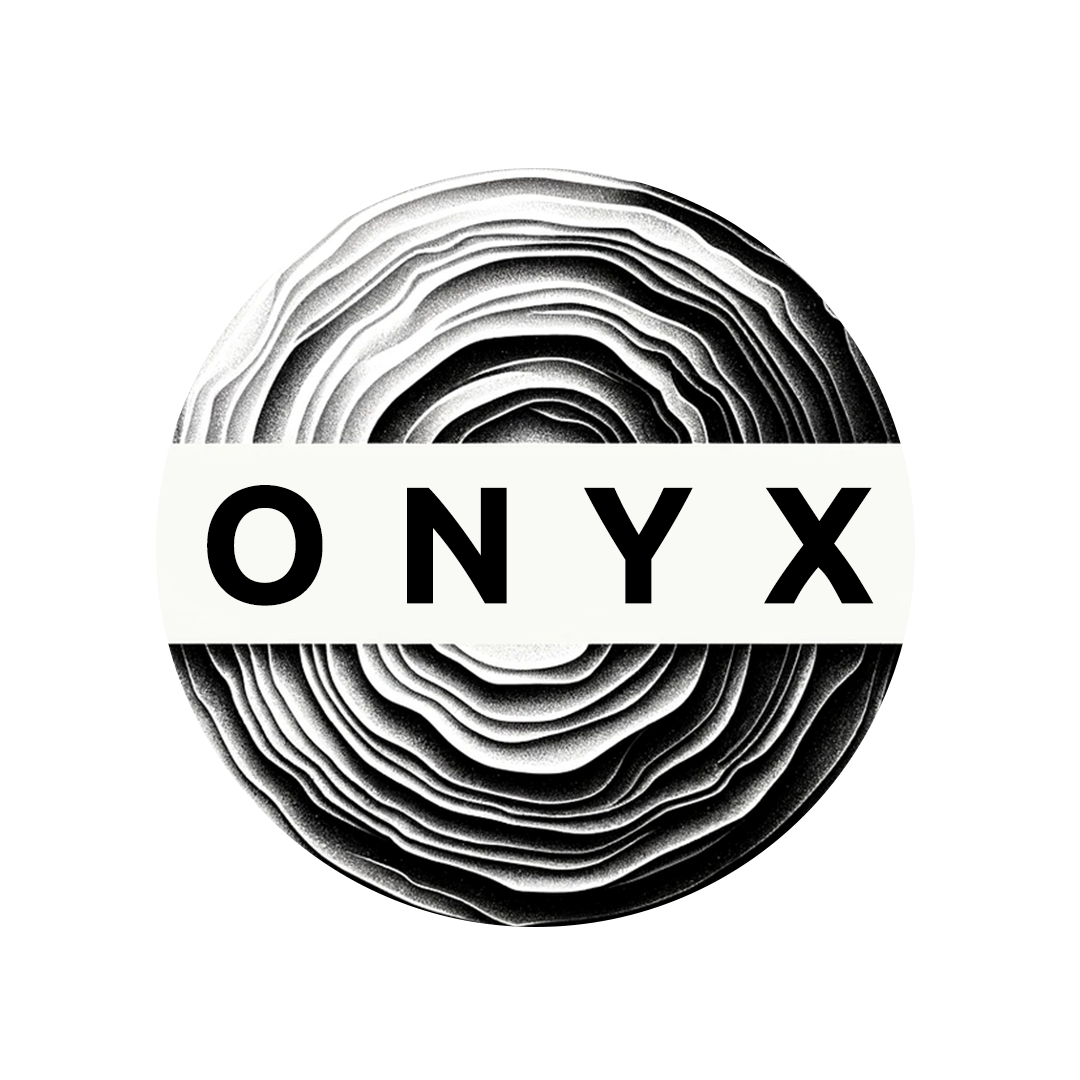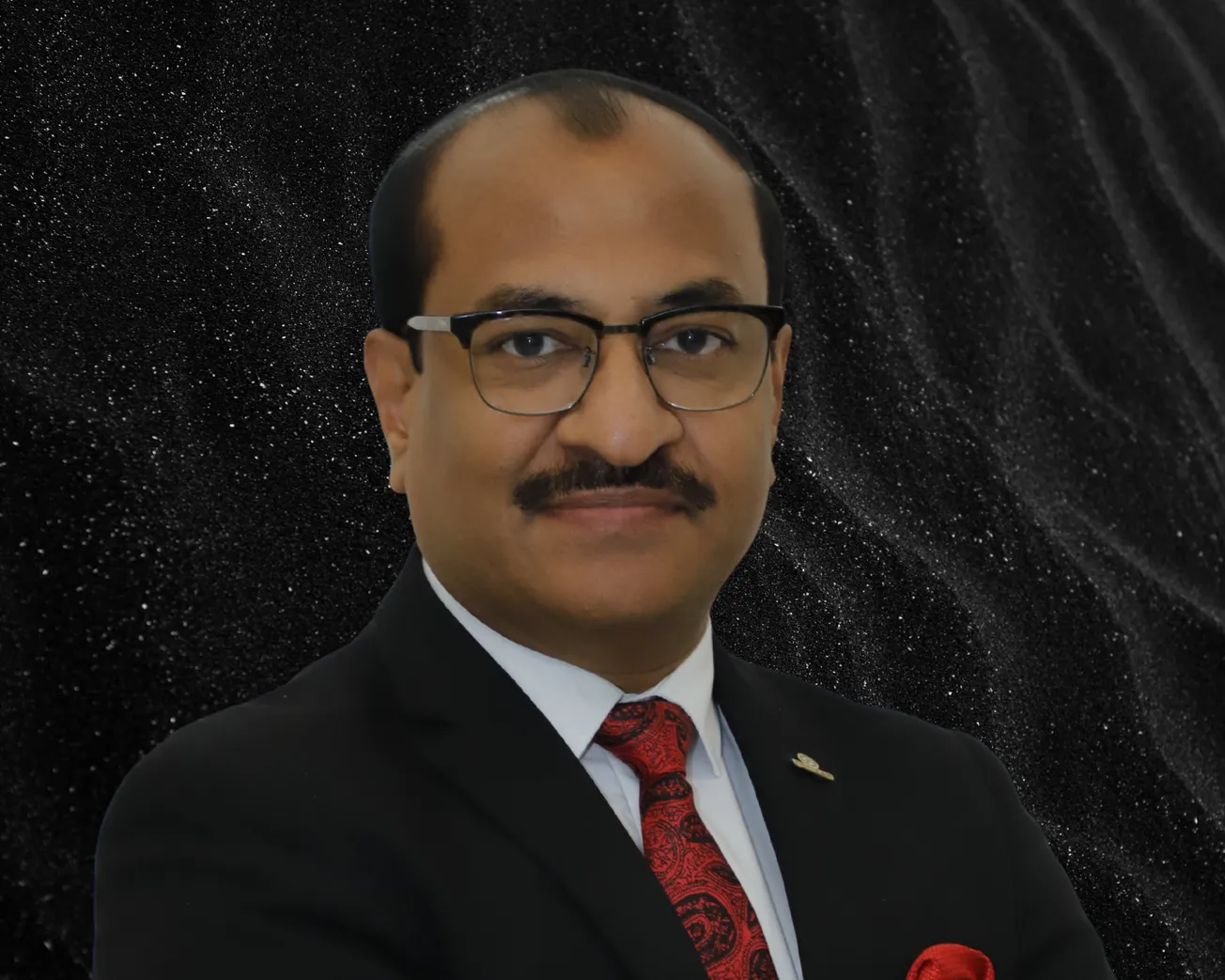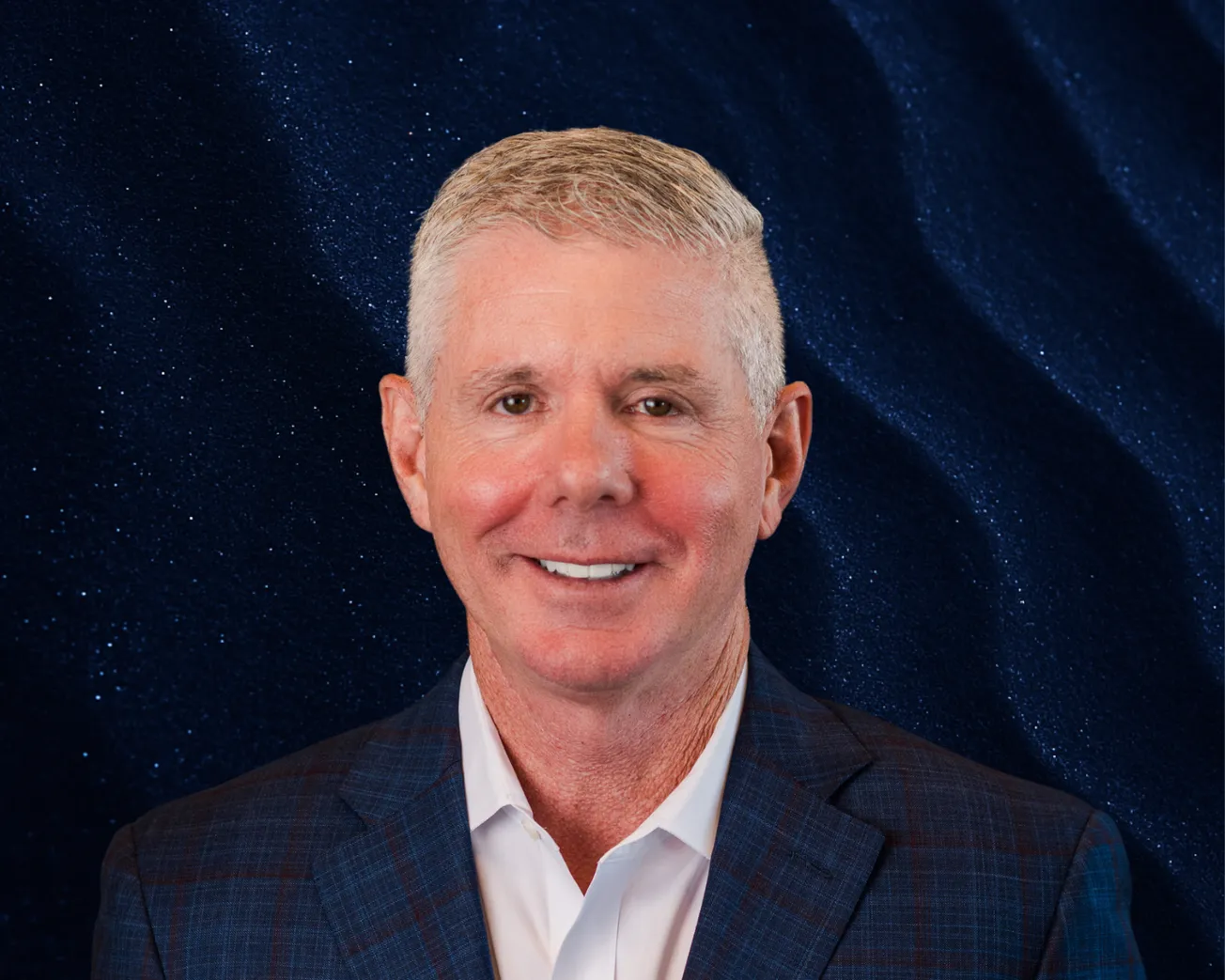Table of Contents
Krishnakumar Srinivasan, CEO of Shriram Pistons & Rings, sat down with Onyx for a feature-length interview.
What led you to becoming the MD & CEO of Shriram Pistons & Rings?
My name is Krishnakumar Srinivasan - people call me KK - and I’m the MD and CEO of Shriram Pistons & Rings. Shriram Pistons & Rings is a big name in the field of manufacturing Pistons, Piston Rings, and Engine Valves globally. We supply to almost 45 countries across the globe, and, in India, we supply to almost all the OEMs. Internationally, we supply to many customers like Perkins, Caterpillar, Jaguar, Cummins, VW and others.
I’ve been an automotive guy throughout my professional career - almost 38 years. I worked with Schaeffler in India, then with Eaton Corporation where I was Managing Director in India, and, later, Asia Pacific President, based out of Shanghai. That role covered China, Japan, Thailand, Australia, and India - it was a big setup. Six years ago, I decided to join Shriram Pistons & Rings as MD and CEO. From then on, with my management team, we’ve been on a big transformative journey, completely de-risking our business to cater both to the needs of the industry and the needs of the environment.
Could you tell our readers a bit more about Shriram Pistons & Rings?
We call ourselves the SPR Group, and, as of today, we’re primarily into three major areas. Firstly, our legacy products, manufacturing pistons, rings, and valves. Secondly, we manufacture electric motors and controllers for EV vehicles. And, thirdly, we make high-precision plastic injection molded components, which go into steering gears and other automotive applications.
We’ve been in automotive for the last five decades. The company has partnerships with five major global players. For our pistons, Kolbenschmidt of Germany; Piston Ring- NPR Riken Corporation of Japan - who actually own 21% of our company; Fuji OOZX in Japan for engine valves; Honda Foundry, which is part of the Honda group, to supply Honda’s requirements across the globe, and Takahata Corporation Japan for Precision injection moulding parts. We’re one of the biggest suppliers to Honda in India, whether it’s for motorcycles & cars. These collaborations mean that we exchange patents, ideas, and the latest technologies both ways.
The company has undergone a sea change over the last five to six years. It’s been on a transformation journey. Our revenue in FY21 was about $188 million, with a market cap of $186 million. Today, we’re close to half a billion in revenue, and the market cap is over $1.3 billion. It’s been a phenomenal growth story so far.
Over the past few years, mobility demands have been rising worldwide. How have you adapted your portfolio and innovations to meet that?
We’ve been continuously working on our innovation strategy. We have our own R&D center and validation labs. About five years ago, India underwent a big change - we moved directly to Bharat Stage VI (Euro 6-equivalent). When you have to go for that kind of change, the product undergoes a lot of redesign, Viz frictional resistance, coatings, sealing etc. All of that was done, in-house, by our engineers, and we were able to adapt to Euro 6 and give our customers the products at the right time, duly tested in our R&D Labs.
Now, what’s happening is that mobility is undergoing a massive change with regards to the powertrain. When I say the powertrain is undergoing a change, what I mean is that it’s undergoing a change in the kinds of fuel, technology and the infrastructure requirements that are being used to drive that technology. Let me define that a little bit more clearly.
Because of environmental demands and the fuels available, we have gasoline engines, diesel engines, and also Compressed Natural Gas (CNG). CNG is cheaper, and there’s a big drive by customers to use it, but CNG requires a completely different powertrain. Therefore, the pistons, rings and engine valves all need to be redesigned.
Furthermore, you have bio-fuels like ethanol. In India, we’re heading towards 20% blending of ethanol into gasoline and diesel, with the possibility of increasing the proportion up to 85%. However, higher ethanol content leads to higher carbon formation inside the engine. This requires a different Piston Design, different coatings on the rings and different sealing mechanisms on the valves. Everything has to be redesigned, modified, tested, and validated.
Additionally, you have other biofuels, compressed gaseous fuels, and hybrids. In hybrids - whether parallel or series - OEMs can downsize the engine and supplement it thanks to an additional electric motor. With pure electric vehicles, the electric motor and controller drive the vehicle, which is another completely different kind of powertrain...
So, within Shriram Pistons & Rings, we call ourselves more a powertrain solution’s provider. We cater to all kinds of powertrain solutions, viz - gasoline, diesel, CNG, biofuels, hybrids and EVs. The important thing to remember is that all of these powertrains will coexist for quite some time based on Price points. fuel availability, charging infrastructure and service levels - all of this takes time to adapt. We have to give solutions for all powertrain requirements for our customers.
What are your most critical sustainability targets, and what challenges do you face?
As a corporation, we want to ensure that we meet all of our sustainability targets. In India we have Business Responsibility and Sustainability Reporting (BRSR), and we intertwine sustainability into all aspects of operations - manufacturing, supply chain, even traveling.
We have a clear goal, which is to become completely carbon neutral by 2045. Working backward from that, we’ve committed to specific targets. All our plants are zero liquid discharge - no water is untreated. It’s either used internally for gardening and other purposes, or treated and returned / reused safely.
On renewables, we’re already on the journey. Almost all of our plants are targeting solar as a major source of power. We’ve committed to achieving close to 49 megawatts of solar generation. Today, most of our plants are between 35% and 45% powered by solar.
We also run heat recovery systems in many plants - capturing heat generated during operations and reusing it for cooling and other purposes. Moreover, we focus on circularity in manufacturing: recirculating aluminium, reusable COCO crates etc. Now, we’re also working on programs to recover used pistons from the market and recirculate them. We’re really pushing circularity in a big way.
So, whether it’s in terms of water, energy, or materials, there are a lot of projects on which we’re working to make these commitments happen.
You’ve had huge booming growth, having bridged the billion market cap. What do you put that down to? What was the main lever?
The main lever has been a couple of things. One has been operational improvements that have helped us to meet our targets, by improved productivity and efficiency using automation, and robotics. The second has been de-risking the business by entering different market segments, where we’ve focused heavily on growth programs, and ensuring customers can work on newer programs / platforms for their business growth. These two levers - improving operational effectiveness and diversification - have really helped us to change the organization.
Looking to the next decade, what milestones do you want to hit?
Organizationally, we want to ensure that we’re maintaining the growth rate required for the company. We call ourselves an Indian multinational, and we want to supply to all the global OEMs. We want to meet both sustainability and operational requirements, while continuing to improve upon productivity and efficiency.
What’s very important is integrating these principles into our culture and the way that we want to operate. Our major aim is to ensure all stakeholders are happy! Customers, suppliers, partners, investors, employees - everybody should feel taken care of. For employees, we run multiple schemes, but we integrate them through a common culture.
If I had to summarize our cultural ethos in one sentence, I’d describe it as our Six P culture — rooted in Core organizational values; fostering Openness, Transparency, Trust, and Teamwork (OTTT); Challenging the status quo; embracing a Learning mindset; driving a culture of Execution; and Appreciating and Motivating one another.






